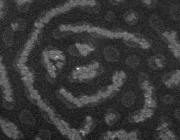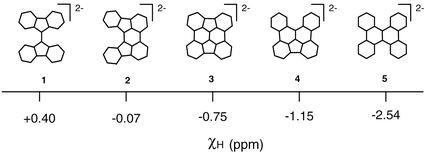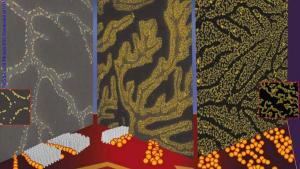Citation:
Abstract:
Five polycyclic aromatic hydrocarbons of the C-26 series having similar bonding structure yield dianions upon reduction with lithium metal. Anisotropy changes, revealed from an advanced charge distribution analysis performed on these dianions, show a correlation to the bonding structure of the dianions. Electron counting and orbital considerations rationalize this correlation in terms of aromatic/anti-aromatic behaviour that is mixed into the character of the aromatic PAH upon reduction. Predictions made regarding relative stability based on this correlation were successfully tested against calculation and experiment. The anisotropy change is suggested as a valid index for the reduction-induced change in the aromatic character of PAHs, which is applicable for both aromatic and anti-aromatic changes.






